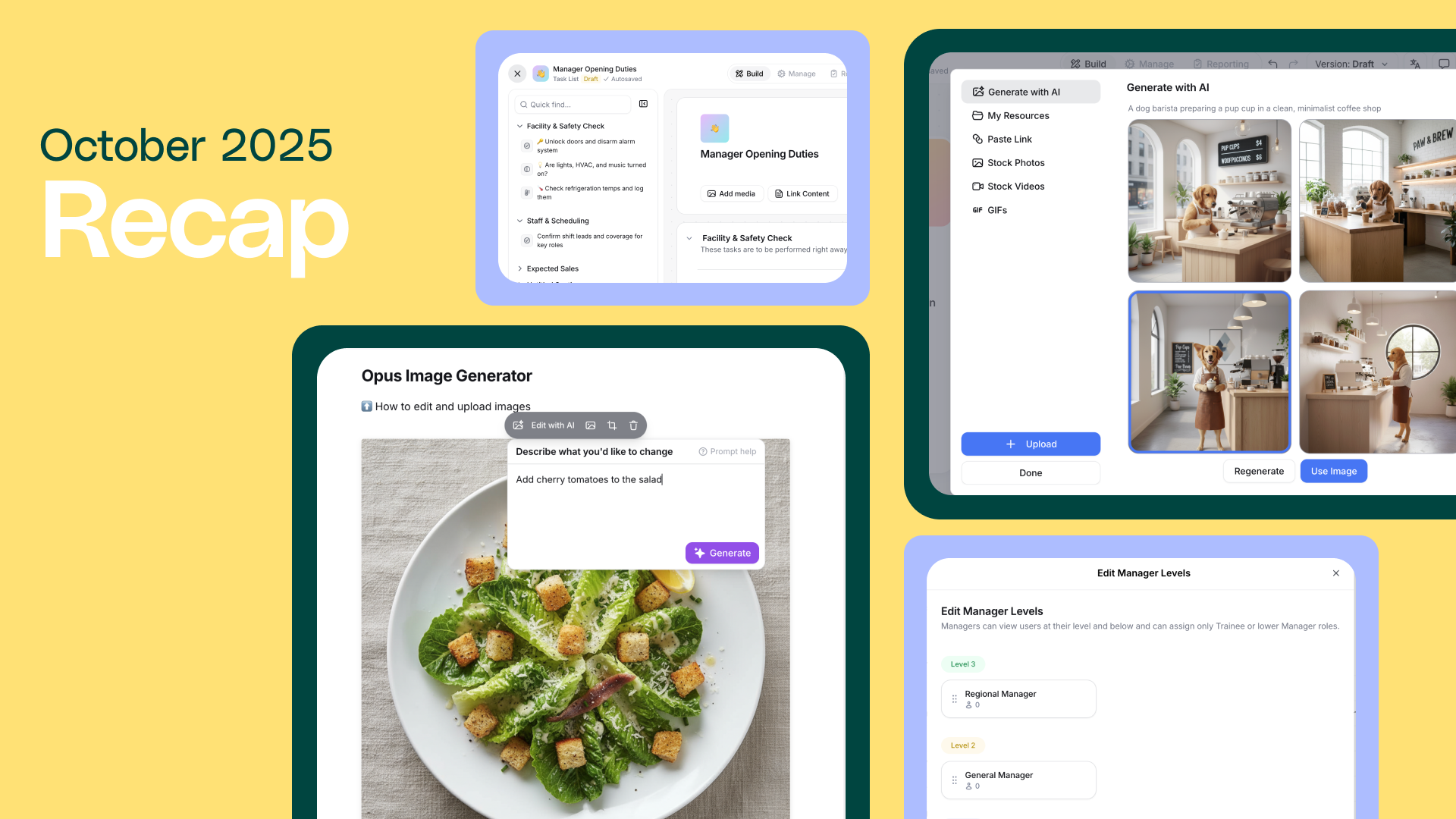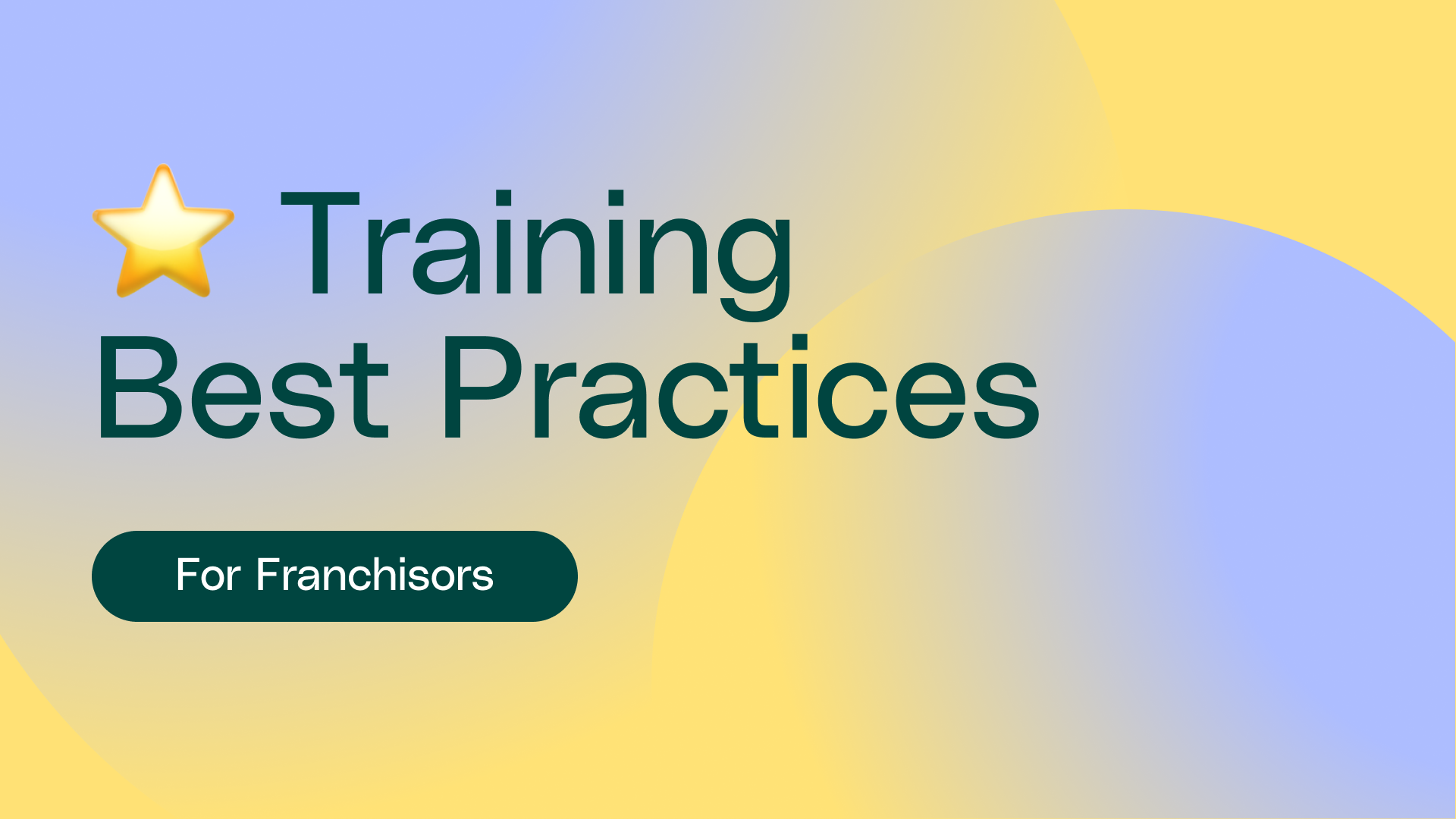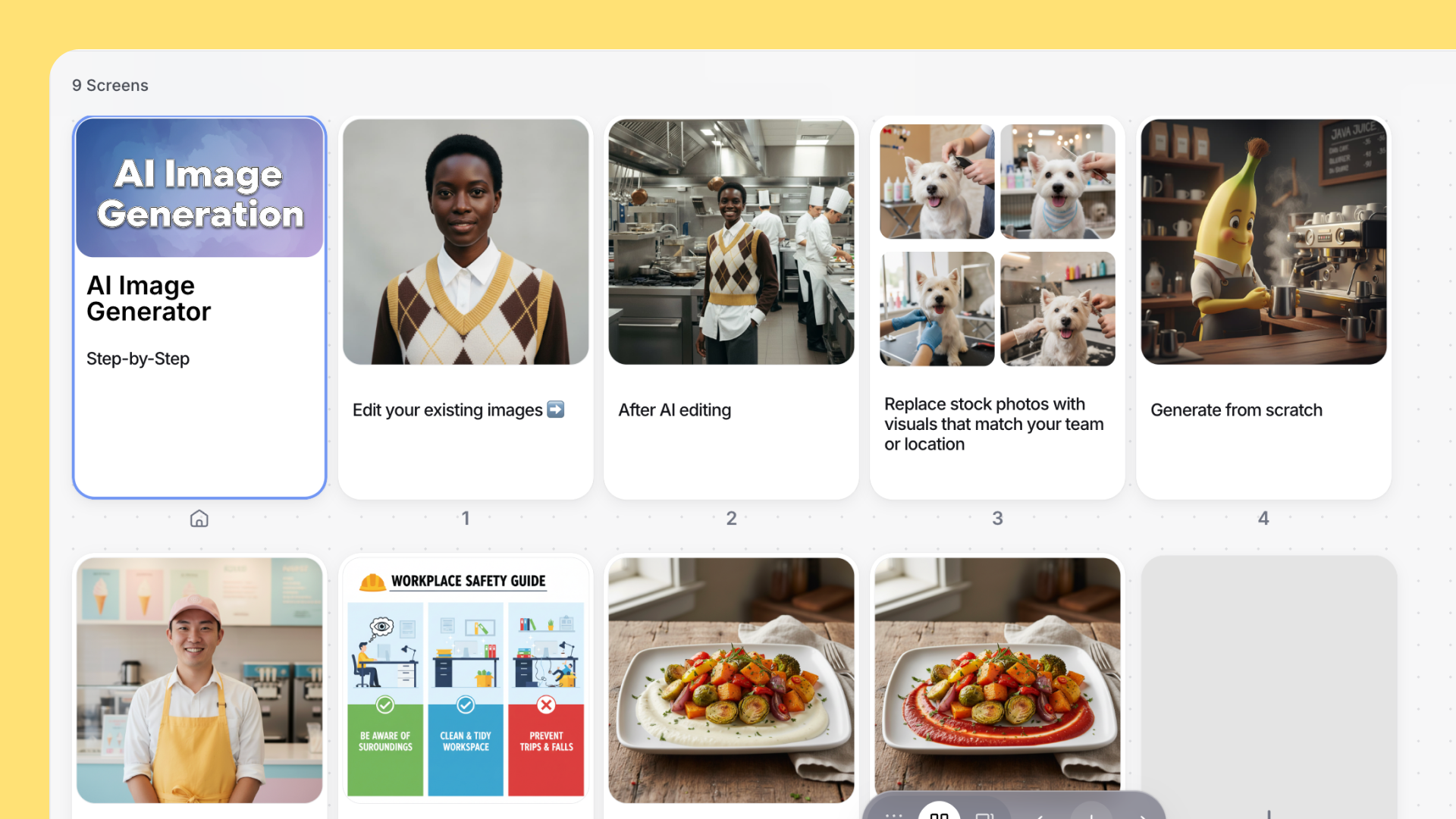Why Your Checklists Are Failing (And the 5-Step Fix That Actually Works)
If you're a training and development admin watching your carefully crafted checklists get ignored, rushed through, or constantly complained about, you're not alone. Most If you're a training and development admin watching your carefully crafted checklists get ignored, rushed through, or constantly complained about, you're not alone. During our recent Office Hours workshop, we explored this exact challenge with guest speaker Cindy Guevara, Senior Manager of Training and Development at NAYA (34 units), who shared her team's journey from 173-step audit nightmares to streamlined, effective task management.
Most organizations are drowning in ineffective checklists that create more problems than they solve. The issue isn't that your team doesn't want to follow procedures—it's that traditional checklist design violates fundamental principles that make them actually useful.
The Three Fatal Flaws Killing Your Checklists
1. Lack of Singular Purpose: Your checklist jumps from the dining room to the office to the patio and back again. When team members can't see a clear, focused objective, they treat it like busy work instead of a valuable tool.
2. Excessive Length: That 173-step quality audit? It's cognitive overload in action. Research shows effectiveness drops significantly beyond 19 steps, yet most organizations ignore this threshold entirely.
3. Trying to Do Too Much: When your checklist attempts to serve multiple functions—training new hires, ensuring compliance, AND tracking daily operations—it serves none of them well.
The Five Principles That Actually Work
1. Design for "Do → Confirm," Not "Read → Do: "Your experienced team members don't need step-by-step instructions. They need a verification tool that confirms they didn't miss anything critical. Save the detailed "Read → Do" lists for training scenarios with newer team members.
2. Keep It Under 19 Steps: This isn't arbitrary—it's based on cognitive load research. Longer lists overwhelm users and increase the likelihood of shortcuts or errors.
3. One Clear Purpose per List: Each checklist should answer the question: "By completing this, what specific outcome am I achieving?" Is it opening on time? Maintaining food safety standards? Being ready for a health inspection?
4. Reduce Cognitive Load: Stop forcing people to jump between different types of thinking. Group related tasks together and follow the natural flow of their work.
5. Know Your Audience: A veteran bartender needs different support than a new hire. Design with your actual users' experience level in mind, not a one-size-fits-all approach.
Your Action Plan: Three Strategic Buckets
Reorganize your existing checklists into these categories:
- Operational Efficiency: Streamlining workflows and maximizing productivity
- Compliance + Safety: Ensuring regulatory adherence and safety standards
- Audits: Supporting accountability and quality assurance
This categorization helps you apply the right principles to the right purpose.
The Training-Operations Marriage
Here's the key insight most T&D teams miss: effective checklists represent the perfect marriage of training and operations. Stop building in isolation. Involve your operations team in checklist adjustments and decision-making to ensure real-world applicability.
Start Today: The Quick Win
Pick your most problematic checklist—the one that generates the most complaints or gets skipped most often. Apply the 19-step rule and the singular purpose test. Ask yourself: "What is the ONE thing this checklist is supposed to accomplish?" Then ruthlessly cut everything that doesn't directly serve that purpose.
The difference between checklists that fail and those that succeed lies in intentional design. By applying these principles, you can transform your operational consistency challenges from frustrating obstacles into powerful enablers of success.
Your team wants to do good work. Give them tools that actually help them succeed.
Ready to tackle your next training challenge? Join us for our next Office Hours session on Friday, July 18 at 12pm ET where we'll explore "Building a Smarter Resource Library." Discover how to organize your training materials so teams can actually find and use them when they need them most. RSVP here to secure your spot.






